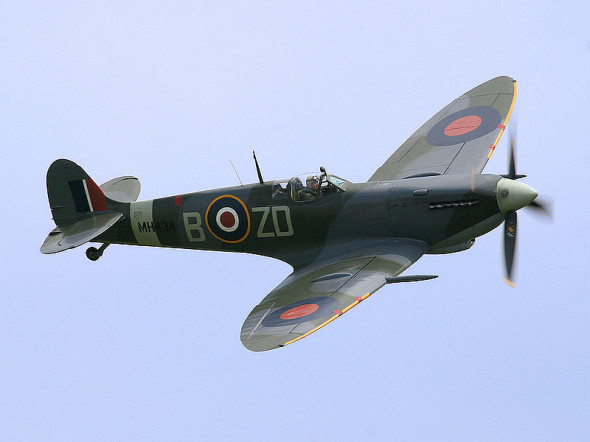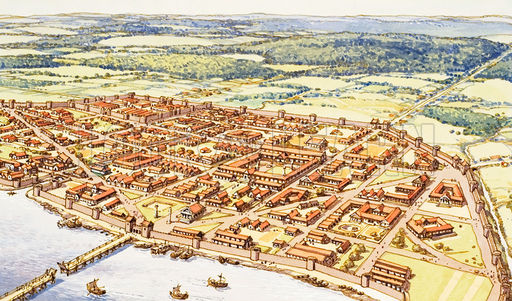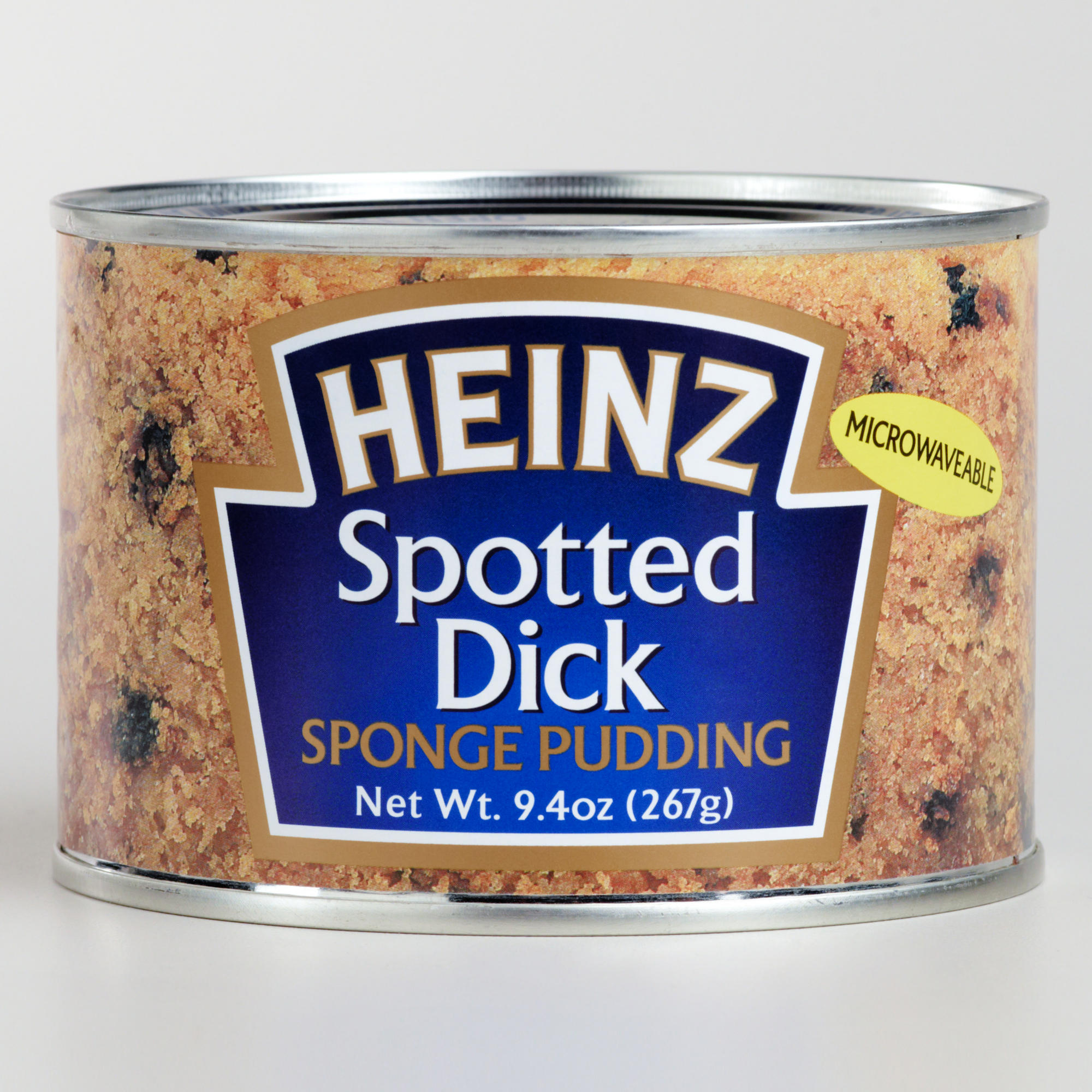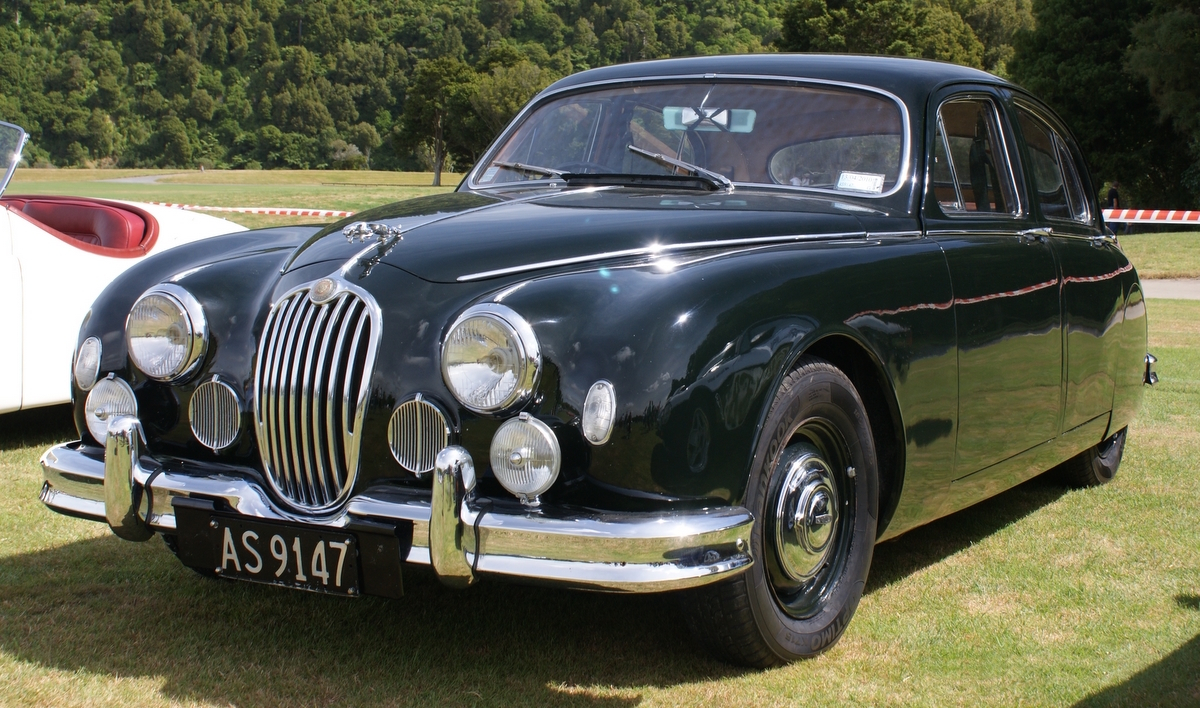Perhaps one of the most popular shows on television in Britain and America, the tales of the Crawley family continue to draw in millions of viewers with each episode. The audience comes from all walks of life who tune in to see what bit of drama will happen this week, who will fall in love with who, and what snarky thing the Dowager Countess will say next. If you’re reading this article, chances are you’ve seen most or all of the episodes, but what do you not know? Have a look below at ten interesting facts about one of the world’s favourite programmes.
Casting
While Julian Fellowes had Maggie Smith, Brendan Coyle, and Hugh Bonneville in mind for their roles as the Dowager Countess, John Bates, and Lord Grantham, Lady Cora was originally meant to be someone other than Elizabeth McGovern. Who did he have in mind originally? Gillian Anderson.
The States
Downton is also very popular in America. It has quickly become one of PBS Masterpiece Theater’s highest-viewed programmes and it brings in 120 million viewers from 200 different countries and territories. In fact, on the night of the Super Bowl, Downton was the second most popular programme.
On Location
Well, mostly. The real-life Highclere Castle serves as the setting for Downton Abbey and the show does often film its scenes there. However, George Herbert, the Eighth Earl of Carnarvon, and his family still own and occupy the house, and so the kitchen and servants’ quarters have all been modernised. As a result, scenes depicting these parts of the house still have to be shot in a studio. The sets are taken down and reassembled for each series.
Hobbies
Several of the actors have interesting hobbies. Michelle Dockery (Lady Mary) enjoys jazz singing. Jim Carter (Mr. Carson) does charity bike rides all over the world. Elizabeth McGovern also has a band called Sadie and the Hotheads that Dockery sometimes sings in.
Expensive Values
It costs approximately £1 million per episode to make Downton Abbey.
When You Can’t Dance Anymore
Jessica Brown Findlay (Lady Sybil) was once a ballet dancer. She was even invited to be part of the Russian Kirov Ballet Company when she was fifteen. She might have continued on in this career but ankle surgery forced her to quit dancing and she decided to turn to acting instead.
The House Has Gone to the Dogs
Isis and Pharaoh, Lord Grantham’s dogs, get their names due to one of the real-life house’s owners, George Herbert, the Fifth Earl Carnarvon. Along with Howard Carter, he uncovered the tomb of Pharaoh Tutankhamun in the Valley of the Kings. Thus, the dogs are named in tribute to him.
Striving for Reality
The programme attempts to recreate everything faithfully, even down to the food. The food you see in dining scenes or being prepared in the kitchen is all real. This means that food items like seafood can get pretty smell at the end of a day of filming. One has to wonder if the cast ever gets to eat it?
Whoops
Even though they strive for period accuracy, the programme does make mistakes every once in a while. The most recent of these was a plastic water bottle that appeared in a promotional photo for the most recent series. Plastic bottles weren’t widely used in the UK until the 1960s, about thirty-four years after Downton takes place.
Awards
Being a top-rated program, it’s also won numerous awards over the years. It has the Guinness World record for Emmy nominations at 27 and has won approximately ten times. Additionally, it has been nominated for and won numerous BAFTAs and Golden Globes.


















































